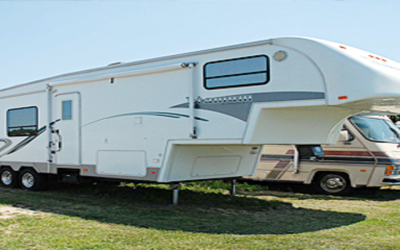Hydraulic actuated valves are like other actuated valves but use hydraulic actuators. This means it requires a fluid that can either be oil or water. For instance, if you’re using gate or globe valves, the linear thrust is generated by the fluid pressure that works on the piston. The actuator must correspond to the turn valve. For instance, a quarter-turn actuator apple motion to a quarter-turn valve.
How it Works
Hydraulic actuators have a fail-safe mechanism that automatically opens and closes a valve during an emergency. There are two ways to generate pressure. You can use a self-contained pump or through processing fluids such as water in pumping stations.
However, the actuator must be compatible with the fluid.The best thing about hydraulic actuators is that they provide semi-automatic or automatic valve positioning. Since they have a piston, they convert signal pressure into valve stem movement.
So, you have to introduce the fluid on both sides of the piston while draining its other side. Solenoid valves are vital in this process since they automatically direct the hydraulic fluid to open to close the valve. However, manual valves can control the hydraulic fluid, but it’s semi-automatic.
Switching the Pressure
Hydraulic-actuated valves allow you to switch a particular pressure or change the fluid direction. However, each valve operates differently. For example, directional control valves go through the fluid orderly in a particular direction. Conversely, check valves allow flow in one direction while blocking the others. But, pressure control valves control at a specific pressure.
Hydraulic-actuated valves use a fluid such as oil or water to generate pressure. The fluid must be compressed into the pistons for the hydraulic actuated valve stem to move. This gives it optimum output capacity, stiff actuator movement, and throttling. But you must get your valves from a trusted hydraulic actuated valve manufacturer to enjoy these benefits.


